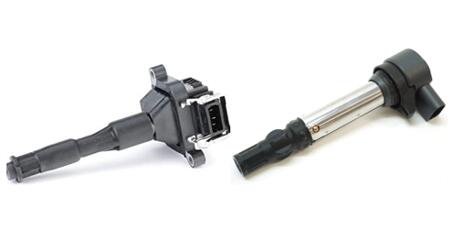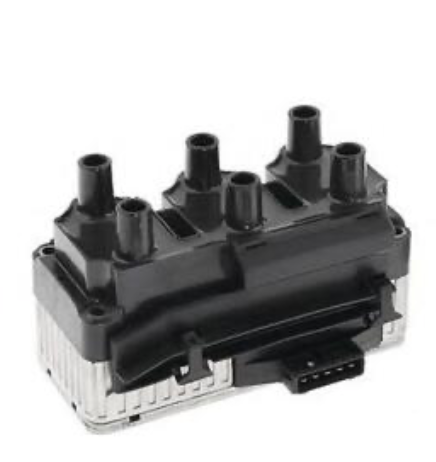
How to detect ignition coil failure

Different types of ignition coils
Detection of independent ignition coil
When a single ignition coil (Such as BWM ignition coils, as shown below ) fails, the single cylinder will not work or work normally, which is manifested as idle wobbling, lack of power, poor acceleration, etc.

Detection method: Remove the spark plug, observe the combustion of the electrode to determine which cylinder is not normal. Abnormal combustion of spark plug electrode will be black or oil. After a certain cylinder is determined to have a failure, the ignition coil of the failure cylinder is exchanged with the ignition coil of the other cylinder. If the failure is transferred with the ignition coil, it can be determined to be ignition coil failure. At the same time, it is also necessary to check whether the connection wire of the ignition coil is broken. There should be no open or short circuit between the control signal of the ignition coil and the control computer.

Detection of the twin-cylinder ignition coil
When the twin-cylinder ignition coil(such as Honda ignition coil,as shown below) breaks down, two or four cylinders will not work (take a four-cylinder engine as an example), which is manifested as the engine cannot start or has difficulty in starting, Idling stop, and poor acceleration, etc.

Detection: use a multimeter to measure the resistance of high voltage wire between1, 4 cylinder and 2, 4 cylinders. Normally there should be a certain resistance. If the resistance value is infinite, it means that the ignition coil secondary winding is open circuit, and the ignition coil should be replaced. If the ignition coil does not fail, check the connection wire of the ignition coil and whether the connection wire is disconnected from the control computer.

 James Smith
James Smith  July 04, 2020
July 04, 2020